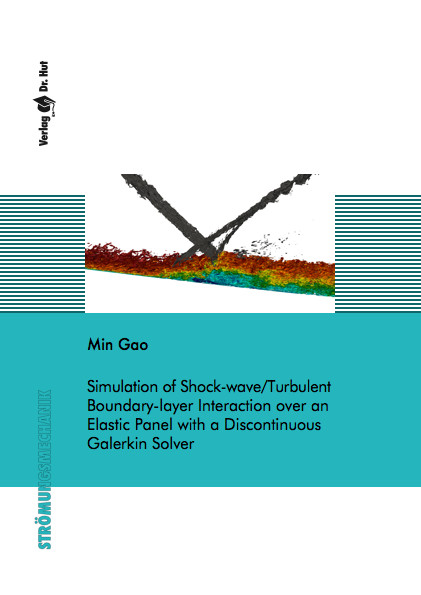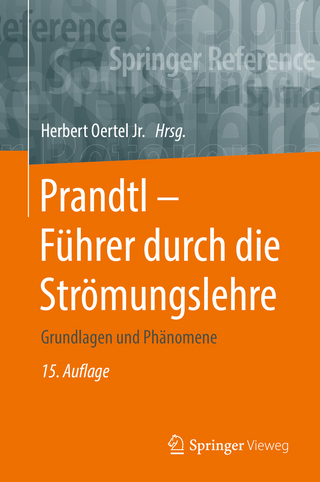
Simulation of Shock-wave/Turbulent Boundary-layer Interaction over an Elastic Panel with a Discontinuous Galerkin Solver
Seiten
2023
Dr. Hut (Verlag)
978-3-8439-5314-6 (ISBN)
Dr. Hut (Verlag)
978-3-8439-5314-6 (ISBN)
- Titel nicht im Sortiment
- Artikel merken
Within this work, an accurate and efficient high-order fluid-structure interaction (FSI) framework is developed in order to investigate the influence of an elastic panel response on shock-wave/turbulent boundary-layer interaction (SWTBLI). This problem introduces additional, highly non-linear and multiscale interactions between different parts of the coupled system, and therefore require the accurate description of each isolated simulation to reduce uncertainties in the modeling. Since high-order methods are expected to determine the future of high-fidelity numerical simulations, they are employed in the construction of both fluid and structure solvers. Specifically, a split-form arbitrary Lagrangian-Eulerian discontinuous Galerkin spectral element method is employed in the fluid solver and a Legendre spectral finite element method in the structure solver. Of specific research interest is, in time-dependent domains, finding an accurate, efficient and robust shock-capturing method capable of obtaining sharp shock profiles as well as introducing as little dissipation into turbulent structures as possible.
After being validated by two benchmark FSI problems, the developed FSI framework is applied to simulate SWTBLI over an elastic panel. A comparison with a previous simulation of SWTBLI over a rigid panel reveals that: 1) A larger amplitude of the pressure variation, observed on the elastic panel surface, implies a larger threat to the structural integrity; 2) The shock-induced separation flow over the elastic panel changes both in size and shape, leading to a different skin-friction coefficient distribution; 3) A new low-frequency flow unsteadiness of the same magnitude as the elastic panel vibration is detected, which may affect the flow dynamics inside the turbulent boundary layer.
After being validated by two benchmark FSI problems, the developed FSI framework is applied to simulate SWTBLI over an elastic panel. A comparison with a previous simulation of SWTBLI over a rigid panel reveals that: 1) A larger amplitude of the pressure variation, observed on the elastic panel surface, implies a larger threat to the structural integrity; 2) The shock-induced separation flow over the elastic panel changes both in size and shape, leading to a different skin-friction coefficient distribution; 3) A new low-frequency flow unsteadiness of the same magnitude as the elastic panel vibration is detected, which may affect the flow dynamics inside the turbulent boundary layer.
| Erscheinungsdatum | 14.07.2023 |
|---|---|
| Reihe/Serie | Strömungsmechanik |
| Verlagsort | München |
| Sprache | englisch |
| Maße | 148 x 210 mm |
| Gewicht | 361 g |
| Themenwelt | Naturwissenschaften ► Physik / Astronomie ► Strömungsmechanik |
| Technik | |
| Schlagworte | Dscontinuous Galerkin • Fluid-Structure Interaction • Shock-wave/turbulent boundary-layer interaction |
| ISBN-10 | 3-8439-5314-7 / 3843953147 |
| ISBN-13 | 978-3-8439-5314-6 / 9783843953146 |
| Zustand | Neuware |
| Haben Sie eine Frage zum Produkt? |
Mehr entdecken
aus dem Bereich
aus dem Bereich


